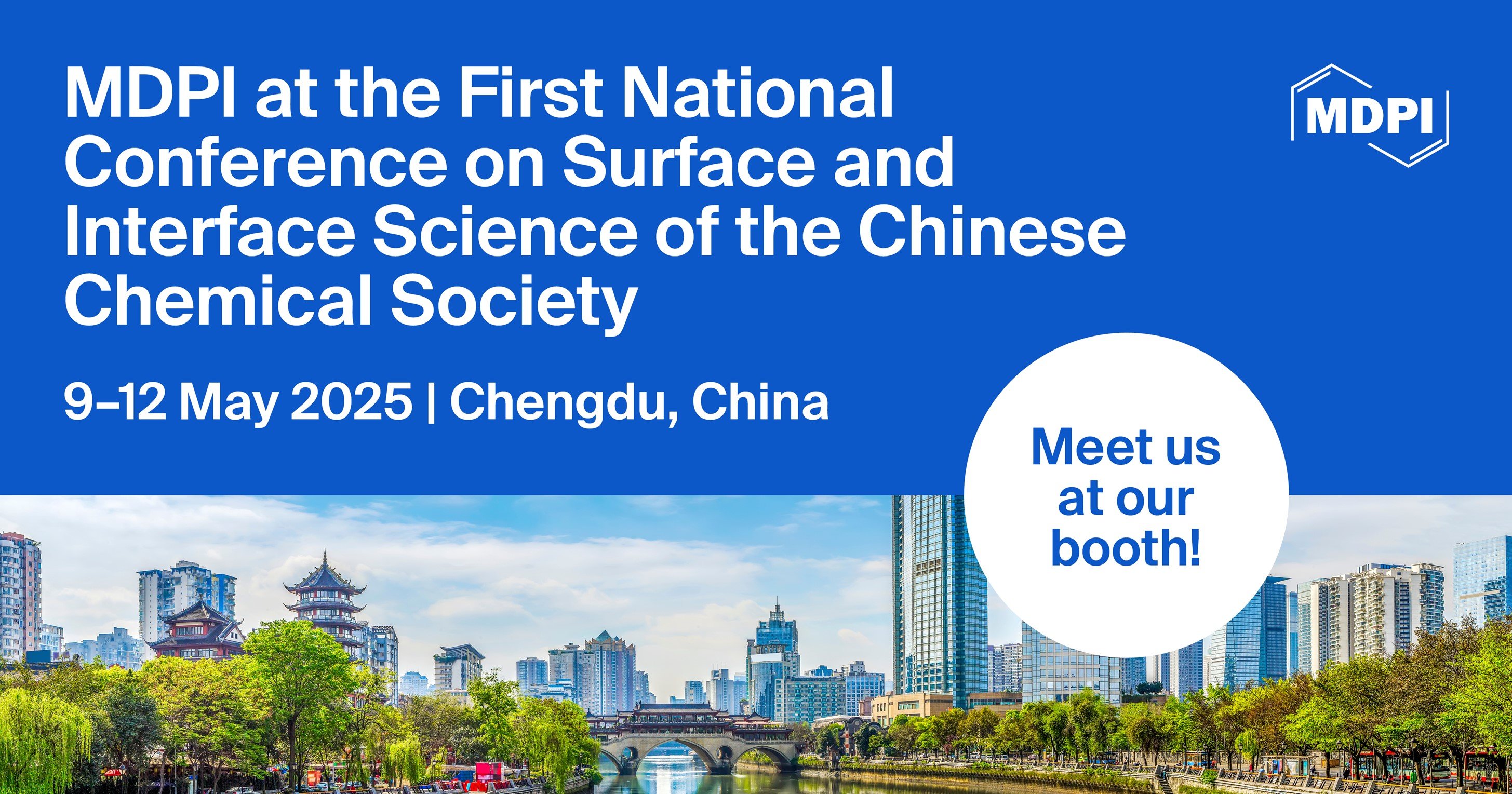-
 Dynamic Response and Lubrication Performance of Spur Gear Pair Under Time-Varying Rotation Speeds
Dynamic Response and Lubrication Performance of Spur Gear Pair Under Time-Varying Rotation Speeds -
 Targeted Minimum Quantity Fluid Application in Machining
Targeted Minimum Quantity Fluid Application in Machining -
 Comparative Study of Squalane Products as Sustainable Alternative to Polyalphaolefin: Oxidation Degradation Products and Impact on Physicochemical Properties
Comparative Study of Squalane Products as Sustainable Alternative to Polyalphaolefin: Oxidation Degradation Products and Impact on Physicochemical Properties -
 Ester-Based Lubricant and Anti-Leidenfrost Additive Solutions on Aluminum High-Pressure Die-Casting Applications
Ester-Based Lubricant and Anti-Leidenfrost Additive Solutions on Aluminum High-Pressure Die-Casting Applications
Journal Description
Lubricants
- Open Access— free for readers, with article processing charges (APC) paid by authors or their institutions.
- High Visibility: indexed within Scopus, SCIE (Web of Science), Inspec, CAPlus / SciFinder, and other databases.
- Journal Rank: JCR - Q2 (Engineering, Mechanical) / CiteScore - Q2 (Mechanical Engineering)
- Rapid Publication: manuscripts are peer-reviewed and a first decision is provided to authors approximately 14.6 days after submission; acceptance to publication is undertaken in 2.5 days (median values for papers published in this journal in the second half of 2024).
- Recognition of Reviewers: reviewers who provide timely, thorough peer-review reports receive vouchers entitling them to a discount on the APC of their next publication in any MDPI journal, in appreciation of the work done.
Latest Articles
E-Mail Alert
News
MDPI INSIGHTS: The CEO's Letter #21 - Annual Report, Swiss Consortium, IWD, ICARS, Serbia
Meet Us at the 15th International Conference on Surface Engineering, 9–11 May 2025, Tianjin, China

Topics
Deadline: 31 December 2025
Deadline: 28 February 2026
Deadline: 20 March 2026
Conferences
Special Issues
Deadline: 10 April 2025
Deadline: 20 April 2025
Deadline: 30 April 2025
Deadline: 30 April 2025



























